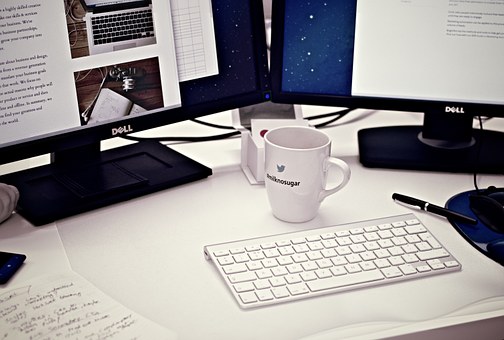By USDR
Space is a powerful tool. From encouraging the growth of our habits and values to placing direct limits on human behavior, the ways we configure our spaces can influence daily life in a variety of meaningful ways.
The same rule extends to our workplaces. If you treat each detail of your office’s layout like they were meant to serve a purpose or influence their users in some way, you’ll see that the things we take for granted are far more interesting than we might imagine.
The same rule definitely holds for startups: how your first office is designed holds implications for outcomes concerning the success of your organization. In this article, we’ll be using the case of a virtual office like thecommondesk.com to illustrate office design in motion, and draw out key lessons in ergonomics.
Nested Value: The Case of Coworking
Coworking is a shared office format known for encouraging members to work in communal spaces, supplying them with amenities like unlimited coffee and fast WiFi, and extra features like in-house gyms, rec centers, and weekly social gatherings. Led by developers like The Common Desk, the prospect of an office space for rent has grown in popularity over the last few years and features in cities from London to Texas.
Its design principles can be divided into three major themes: space between workstations, color psychology, and value beyond the professional.
Space between Workstations
The distance between any two work stations has a direct impact on the frequency and duration of interactions among workers.
Coworking spaces tend to vary the distance between the workstations they include in their floor plans. Some are perfectly communal, such as long tables/couches or tables and chairs clustered close together, in order to stimulate discussions among the people working there. Other areas offer a greater degree of privacy, with desks spaced at greater intervals to dissuade people from bothering those at work.
This lesson is easily applied to other offices, at no cost: it’s a matter of moving tables and chairs around, and it should be fairly intuitive to note how communicative or how focused your business’ movers ought to be.
Color Psychology
The interiors of coworking spaces are designed to be vibrant, to induce a sense of creativity, and to raise the energy and morale of its tenants. While skeptics would disagree with the effectiveness of color psychology in business, but more than a fair number of researchers agree that the hues and tones to which we’re exposed can have an impact on our dispositions throughout a given day.
Adapting the strategic use of color into your office design can be on the costlier side if you discover the need to repaint your interiors. Splashes and accents of color in strategic places around the office (i.e. the lobby, meeting rooms, rec areas, or mess area) ought to do the trick, for less cost.
Effective management must be holistic, leaving no stone unturned. When it comes to work space and design, a critical and diligent re-evaluation can mean the difference between a packed, fluorescent-lit dystopia and a home in which your team can feel a sense of motivation and significance to their daily routines.

